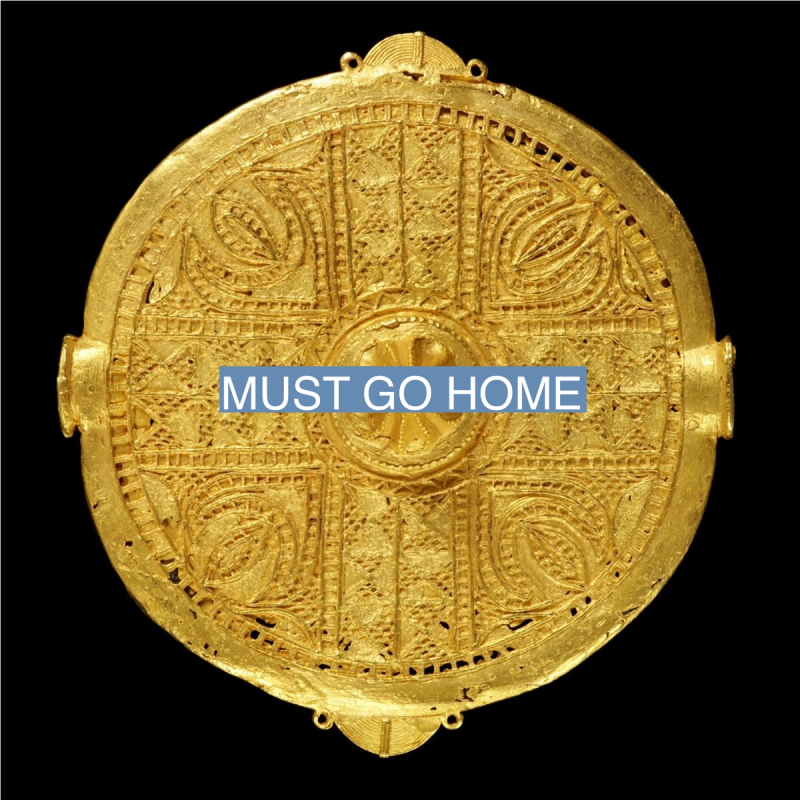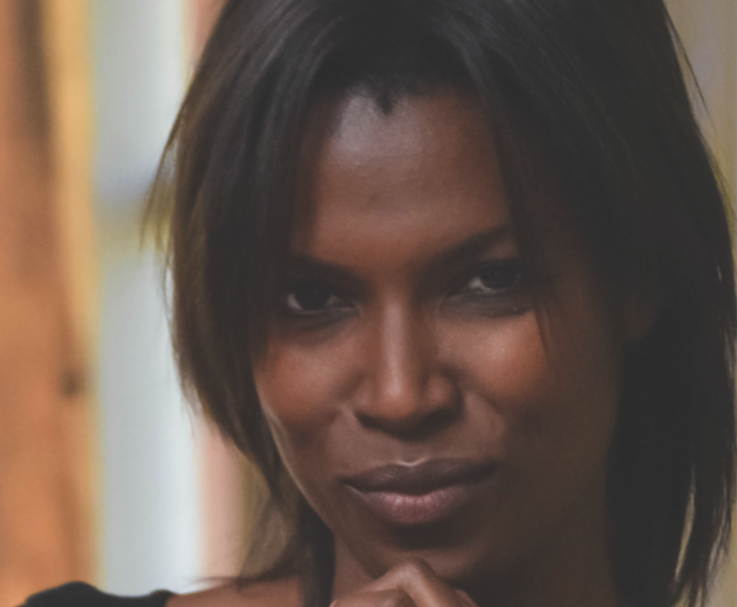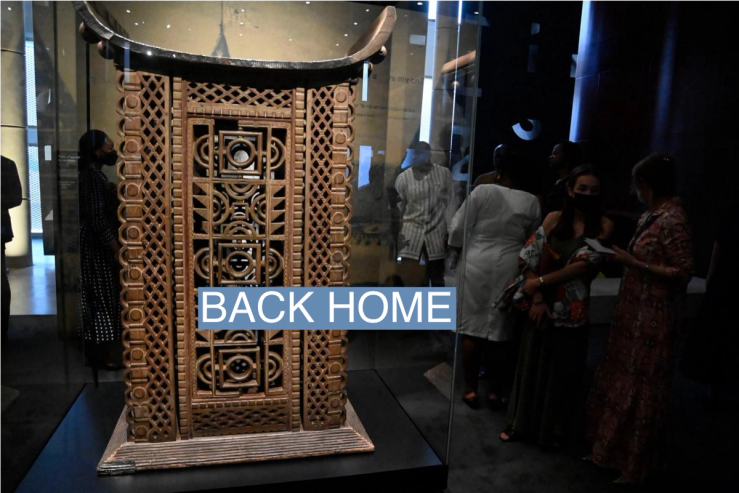The Facts
Oumy Diaw is a Senegalese contemporary art specialist, luxury expert, curator, and founder of L’Imaginaire Africain exhibition brand. She was formerly a communications director for the Museum of Black Civilizations in Dakar, Senegal.
Know More
💡 What are the most difficult challenges in authenticating African artifacts for display?
A lack of track record for the lives of the artifacts; the rarity and fragility of artifacts due to age, sometimes damaged materials, and prior conditions of storage. This lack of information from artifacts to display can be solved by innovating. Using digital curation to create a new experience of an artifact, for example.
💡 What has been the impact of the movement for restitution that hit the headlines with Black Lives Matter?
The African continent was already surfing on a major wave of pride and eagerness to revisit our cultures, return to the continent in the case of the diaspora, and consume African-made productions across the board. Both restitution and BLM movements definitely became instrumental in reinforcing African people and the diaspora in raising their voices, to support Black contributions in the continent and outside by Africans and diaspora. But also, the overall impact has brought more support from non-Africans and non-diaspora, which is excellent news.
💡 Do you see any difference in the way calls for restitution have been handled in former French colonies compared with places formerly controlled by Britain?
It is too early to judge. This process is going to take a very long time just for legal reasons at least; and it seems to be different when it comes to the type of material composing the artifact like Gold versus wood artifacts, or ethnically symbolic ones, even though it doesn’t mean that the value is more important than non precious metal ones.
France has returned the Dahomey Royal artifacts (pictured) to Benin, and the sword of Muslim Fulani leader El Hadj Omar Tall to Senegal. But that’s also because of tremendous pressure given to France, certainly because it is more involved locally into its former African colonies than Great Britain, from what I see. And as you know, the relationship between France and West Africa is starting to deteriorate. The UK seems to follow a slower pace, with offering lending agreements versus full return, like the case of the 32 pure gold Ghanaian artifacts (pictured below).
Again, it’s too early to tell.

💡 What do they think about the lending of looted artifacts to the descendants of victims? Does practicality outweigh ethical concerns?
I can’t speak for the former colonial powers and their current representatives. However, clear hesitation on their part could come from various reasons like the objects may never return, or may be damaged for non proper handling, conservation, or simply getting lost for some assumed lack of security.
💡 What is the single most important part of the curator’s role in a modern African museum?
Producing new knowledge and innovation like never seen before to the world is a must. For example, indigenous practices of conservation and restoration from local professionals or indigenous communities towards their own artifacts.
Documenting and publishing are essential to build new memories and narratives. And it must be made available for scholars, the media, and the public. African museums have a tremendous role to play in the global world of museums and the museum experience. We will have thousands of years of content to explore outside of slavery and colonialism history.



